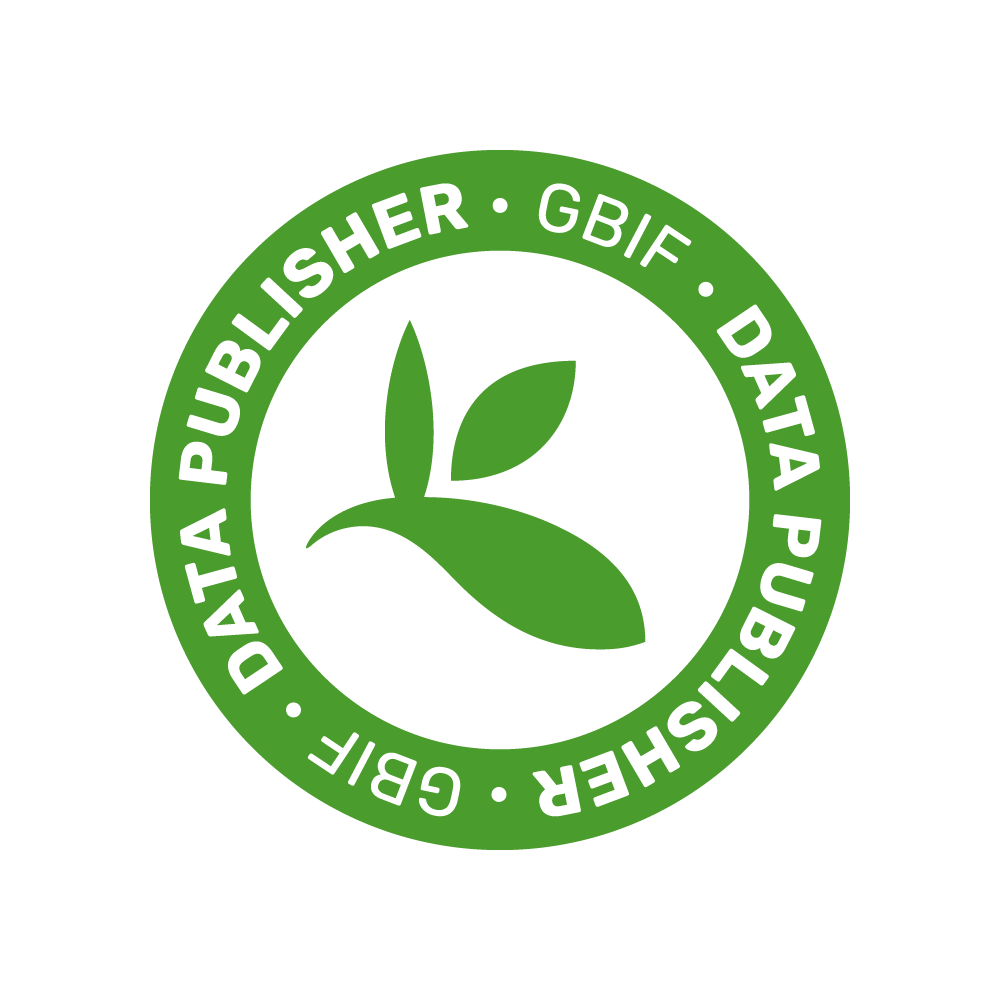IBBR Webinars


Enzymes discovery and characterization: microbial hydrolases for sustainable bioprocesses and novel applications
Nicola Curci
IBBR UOS - Napoli - Italy
June 23, 2021 (11:30-12:30)
Webinar Link: https://global.gotomeeting.com/join/617452653
Abstract: The development of sustainable processes and the social necessity to shift towards a circular bioeconomy have increased the demand for biocatalysts in biotechnology to support industrial processes. The discovery of novel enzymes with higher activity and stability than those of catalysts already available paves the way for improving current industrial bioprocesses and developing novel applications. Microbial enzymes represent the bulk of the enzyme market, being more active and stable, producing high yield, and microorganisms represent an easily exploitable source by modern metagenomics technique. Among the more sought-after enzymes for industrial and biotechnological purposes, glycoside hydrolases (GHs) and, in particular, those coming from hyperthermophiles are employed in several industrial sectors and have boosted their impact in this field. In this frame, my work focused on different strategies to identify novel enzymes and evaluate several GH activities for their potential exploitation in biotechnological applications. The exploration of microbial consortia populating the Pisciarelli solfatara through a shotgun metagenomic approach led to identifying the microbial composition of two mud pools in the extreme environment and 586 putative sequences for Carbohydrate Active enZymes (CAZymes). In this work, I focused on the characterization of a novel enzyme of family GH109 with a previously unreported β-N-acetylglucosaminide/β-glucoside specificity. While, in the frame of lignocellulose biomasses degradation, the characterization of the mechanism of action of three thermostable GHs (LacS, XylS, and SsαFuc) from the hyperthermophilic archaeon S. solfataricus on xyloglucan oligosaccharides showed the excellent operational stability at 65°C and pH 5.5 of the three enzymes. SsαFuc was able to remove all fucose residues, while LacS and XylS showed a strong synergy for the hydrolysis of these substrates
Author's Info: https://ibbr.cnr.it/ibbr/info/people/nicola-curci
Link to video: https://youtu.be/ao7hHTrLgng




